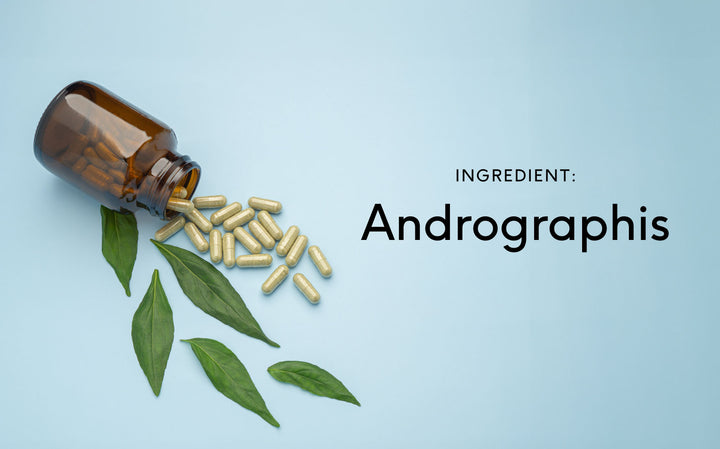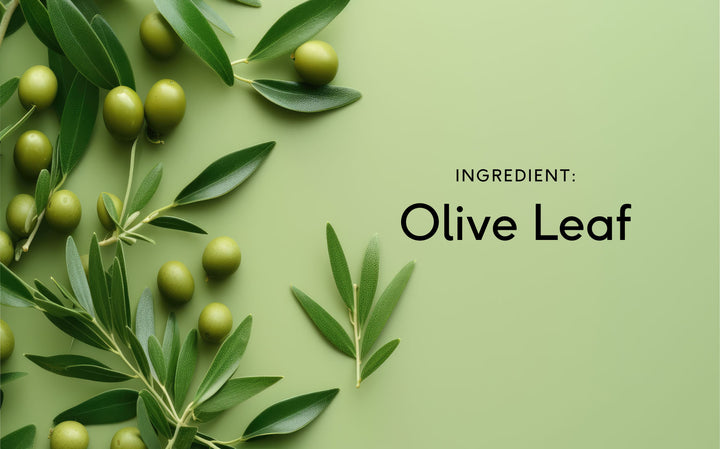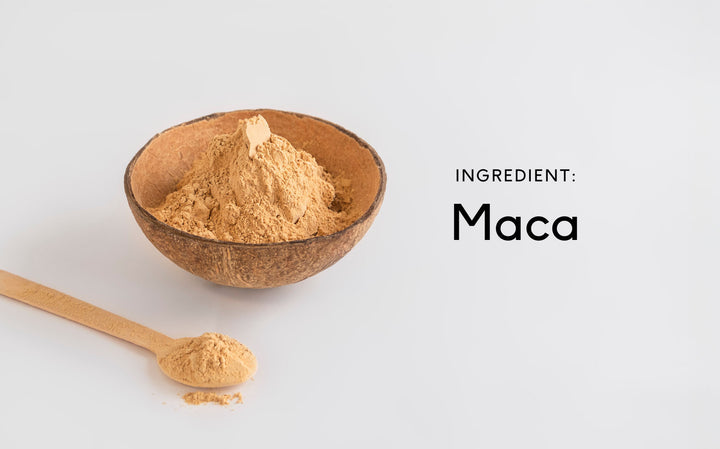Learn About Lactobacillus Bulgaricus & Lactobacillus Plantarum in 5 Minutes
Table of contents
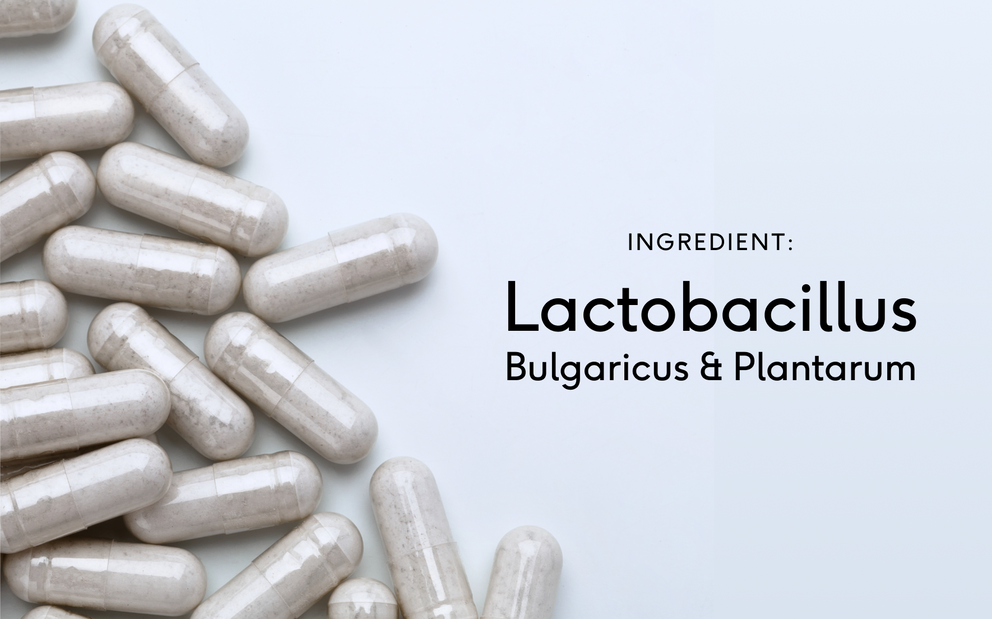
Probiotics have become increasingly popular in recent years, with many people seeking out natural ways to improve their gut health. One particular group of bacteria that has gained attention for its potential health benefits is Lactobacillus. Within this group, Lactobacillus bulgaricus and Lactobacillus plantarum are two strains that have been extensively studied for their potential health-promoting effects. In this article, we'll explore what these two strains are, their benefits, and where they can be found.
What is Lactobacillus?
Lactobacillus is a type of bacteria that is commonly found in the human gastrointestinal (GI) tract, as well as in fermented foods such as yogurt, kefir, and sauerkraut. Lactobacillus is part of the lactic acid bacteria (LAB) family, which is known for its ability to convert sugars into lactic acid.
Probiotics are live microorganisms that are beneficial to health when consumed in adequate amounts. Lactobacillus is one of the most commonly used probiotics, and is often found in dietary supplements and functional foods.
Where can L. bulgaricus & L. plantarum be found naturally? Common sources of L. bulgaricus & L. plantarum:
These probiotics are abundant in almost all fermented foods. Yoghurt, cheese, and other fermented dairy products are off the menu for vegans, however, and non-dairy food sources of probiotics are often inconvenient or unappetising.
Is Lactobacillus bulgaricus the same as Lactobacillus?
Lactobacillus bulgaricus is a specific strain of Lactobacillus that is commonly used in the production of yogurt and other fermented dairy products. While it is a type of Lactobacillus, it is not the same as other strains of Lactobacillus that are used in probiotics and other products.
What is Lactobacillus plantarum used for?
Lactobacillus plantarum is a strain of Lactobacillus that is found in a variety of foods, including fermented vegetables, sourdough bread, and some cheeses. It is also commonly used in probiotic supplements.
Lactobacillus plantarum has been studied extensively for its potential health benefits. Some of the benefits associated with this strain include:
- Improved Digestive Health: Lactobacillus plantarum has been shown to help improve overall digestive health, including reducing inflammation and improving gut barrier function. This strain has also been found to be effective in reducing symptoms of GI disorders such as irritable bowel syndrome (IBS) and inflammatory bowel disease (IBD).
- Immune System Support: Lactobacillus plantarum has been found to support immune function by enhancing the activity of immune cells and helping to reduce inflammation.
- Allergy Relief: Some studies have suggested that Lactobacillus plantarum may help to reduce allergy symptoms by modulating the immune response.
- Cholesterol Reduction: Lactobacillus plantarum has been found to help reduce cholesterol levels in the blood, which may help to reduce the risk of heart disease.
- Enhanced Athletic Performance: Some research has suggested that Lactobacillus plantarum may help to improve athletic performance by reducing inflammation and oxidative stress.
What are the other names for Lactobacillus plantarum?
Lactobacillus plantarum is also known by several other names, including:
- L. plantarum
- Lactobacillus plantarum ATCC 8014
- Lactobacillus plantarum NCIMB 8826
How does Lactobacillus plantarum make it easier to digest lactose?
Lactobacillus plantarum has been found to produce lactase, an enzyme that helps to break down lactose (the sugar found in milk and other dairy products) in the GI tract. This can be particularly beneficial for individuals who are lactose intolerant, as it can help to reduce or eliminate symptoms such as bloating and gas. In addition, some studies have suggested that Lactobacillus plantarum may help to improve the absorption of calcium and other nutrients found in dairy products.
It is important to note that while Lactobacillus plantarum may be beneficial for lactose intolerance, it may not be effective for individuals with a dairy allergy.
Prebiotics and Lactobacillus plantarum
Prebiotics are non-digestible food ingredients that stimulate the growth and activity of beneficial bacteria in the gut, including Lactobacillus plantarum. Some common prebiotics include:
- Inulin: found in foods such as chicory root, asparagus, and onions
- Fructo-oligosaccharides (FOS): found in foods such as bananas, artichokes, and garlic
- Galacto-oligosaccharides (GOS): found in foods such as legumes and lentils
By combining prebiotics with probiotics such as Lactobacillus plantarum, it may be possible to enhance the health benefits of these bacteria.
How long do you need to take Lactobacillus bulgaricus & Lactobacillus plantarum to start experiencing their benefits?
Probiotics absorb into your digestive system very rapidly, but their effects are subtle. Unless your gut flora has recently been depleted by antibiotics, it may take a few weeks of continued dosing to note the effects of probiotics.
Consistency is key and our research recommends taking your Feel supplements for at least 3 months to allow your body to adjust and provide you with the desired benefits.
Are Lactobacillus bulgaricus & Lactobacillus plantarum antioxidants?
Evidence suggests that probiotics might exert antioxidant activity in the body.
Can you overdose on Lactobacillus bulgaricus & Lactobacillus plantarum? What are the effects?
Ingesting excessive quantities of probiotics may cause mild digestive discomfort. Additionally, probiotics should not be taken by immunocompromised individuals.
Do Lactobacillus bulgaricus & Lactobacillus plantarum dissolve, flush out, or build up in the body?
Probiotics like L. bulgaricus and L. plantarum generate colonies of beneficial bacteria that remain in the gut.
Can you take Lactobacillus bulgaricus & Lactobacillus plantarum during a diet?
L. bulgaricus and L. plantarum are vegan and gluten-free, and they promote proper calorie usage by making digestion more efficient.
Absorption rate of synthetic Lactobacillus bulgaricus & Lactobacillus plantarum
Ideally, probiotics generated with synthetic biology would have improved bioavailability.
Why might natural forms of Lactobacillus bulgaricus & Lactobacillus plantarum be better?
Probiotic bacteria are incredibly delicate organisms. It’s possible that tinkering with probiotic biology could result in unintended negative consequences.
How to take Lactobacillus bulgaricus & Lactobacillus plantarum
You can ingest L. bulgaricus and L. plantarum by eating fermented foods or taking these probiotics in supplement form.
Sources
- Hill C, et al. The International Scientific Association for Probiotics and Prebiotics consensus statement on the scope and appropriate use of the term probiotic. Nat Rev Gastroenterol Hepatol. 2014;11(8):506-514. doi:10.1038/nrgastro.2014.66
- Derrien M, van Hylckama Vlieg JE. Fate, activity, and impact of ingested bacteria within the human gut microbiota. Trends Microbiol. 2015;23(6):354-366. doi:10.1016/j.tim.2015.03.002
- Ruggiero P. Use of probiotics in the fight against Helicobacter pylori. World J Gastrointest Pathophysiol. 2014;5(4):384-391. doi:10.4291/wjgp.v5.i4.384
- Azad MAK, Sarker M, Wan D. Immunomodulatory effects of probiotics on cytokine profiles. Biomed Res Int. 2018;2018:8063647. doi:10.1155/2018/8063647
- Cuello-Garcia CA, Fiocchi A, Pawankar R, et al. World allergy organization-McMaster University guidelines for allergic disease prevention (GLAD-P): probiotics. World Allergy Organ J. 2015;8(1):4. doi:10.1186/s40413-015-0055-2
- Usinger L, Ibsen C, Jensen KJ, et al. Lactobacillus plantarum reduces growth of Staphylococcus aureus in an in vitro gut model. Benef Microbes. 2018;9(1):47-56. doi:10.3920/BM2017.0018
- Fåk F, Bäckhed F. Lactobacillus reuteri prevents diet-induced obesity, but not atherosclerosis, in a strain dependent fashion in Apoe-/- mice. PLoS One. 2012;7(10):e46837. doi:10.1371/journal.pone.0046837
- Fåk F, Tremaroli V, Bergström G, et al. Oral supplementation with Lactobacillus plantarum reduces pro-inflammatory markers in patients with advanced pancreatic cancer. A randomized controlled trial. Mol Oncol. 2020;14(2):460-470. doi:10.1002/1878-0261.12623
- Liu J, Wang W, Zhang H, et al. Lactobacillus plantarum strains can enhance intestinal barrier integrity of piglets in vitro. Int J Food Sci Nutr. 2020;71(1):59-68. doi:10.1080/09637486.2019.1637339
- Kefir product compositional data from the USDA National Nutrient Database for Standard Reference, Release 28. Accessed March 21, 2023. https://ndb.nal.usda.gov/ndb/search/list?qlookup=01127
- Milk, plain, whole, 3.25% milkfat, with added vitamin D. Nutrient data for this listing was provided by USDA SR-21. Accessed March 21, 2023. https://ndb.nal.usda.gov/ndb/foods/show/79
- Tipton KD, Elliott TA, Cree MG, et al. Ingestion of casein and whey proteins result in muscle anabolism after
Lactobacillus bulgaricus and Lactobacillus plantarum are two strains of Lactobacillus that have been extensively studied for their potential health benefits. While Lactobacillus bulgaricus is primarily used in the production of fermented dairy products, Lactobacillus plantarum is found in a variety of foods and is commonly used in probiotic supplements.
Lactobacillus plantarum has been found to have a wide range of health benefits, including improved digestive health, immune system support, allergy relief, and cholesterol reduction. In addition, it may be particularly effective in improving lactose digestion for individuals with lactose intolerance.
By combining prebiotics such as inulin, FOS, and GOS with probiotics such as Lactobacillus plantarum, it may be possible to enhance the health benefits of these bacteria even further.
While both Lactobacillus acidophilus and Lactobacillus plantarum have been found to have health benefits, they differ in their specific properties and effects. As with any dietary supplement or functional food, it is important to consult with a healthcare professional before beginning to use Lactobacillus bulgaricus, Lactobacillus plantarum, or any other probiotic or prebiotic product.
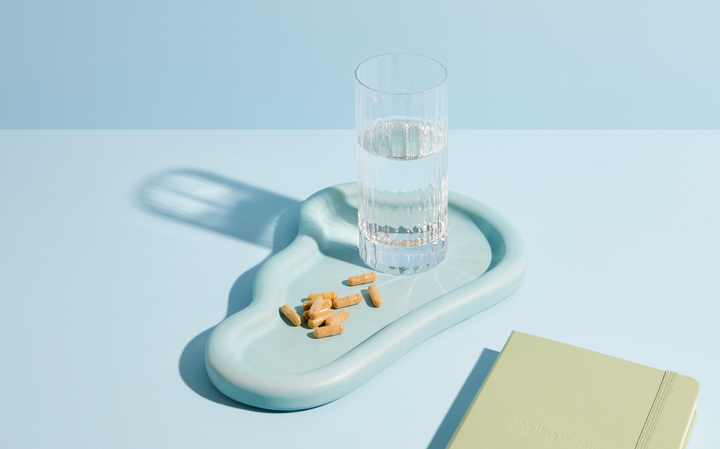
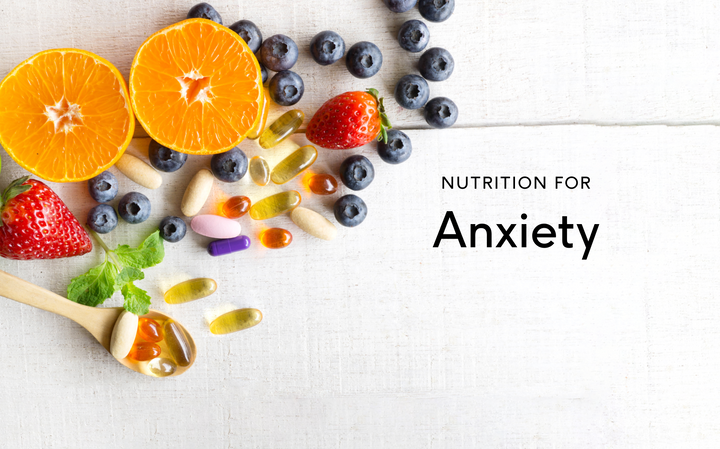
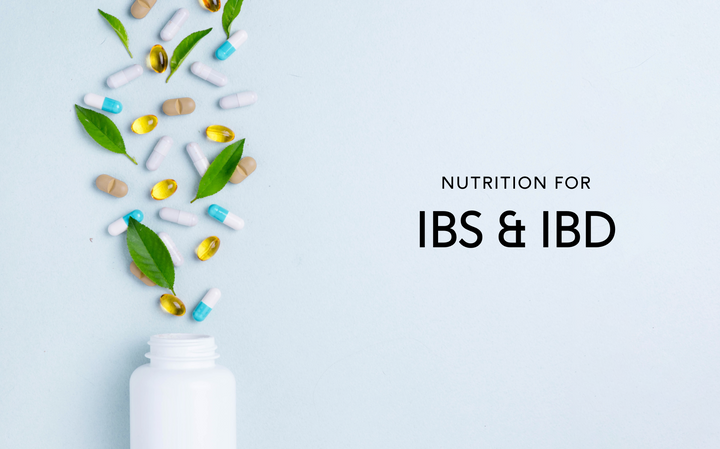




















































 Back
Back

